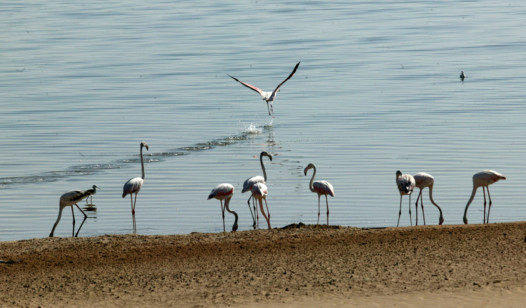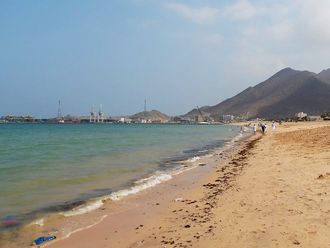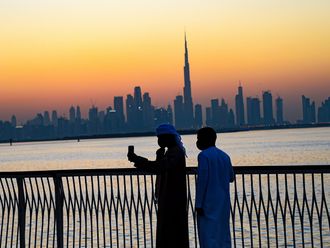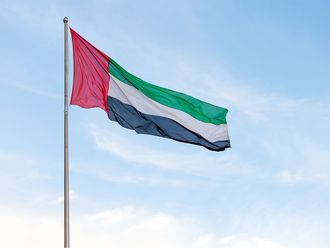
Abu Dhabi: Birdwatchers started exploring wetlands across the UAE on Tuesday in search of waterbirds as part of a two-week-long International Waterbird Census (IWC).
“January is the peak season of migratory waterbirds, that’s why a census is conducted across the globe now,” a senior official who coordinates the census in the UAE told Gulf News on Tuesday.
“If we count them in the beginning [late August] or the end [April] of the migration season, birds on stopover for one or two days will also be included. Migratory birds generally stay for about five months,” Dr Salim Javed, Manager of the Terrestrial Assessment and Conservation Programme at the Environment Agency-Abu Dhabi (EAD), said.
EAD, in cooperation with several government and non-governmental organisations across the UAE, conducts the census. “This process helps develop an important partnership, essential for the conservation of migratory birds and their habitats,” said Dr Javed who is the national coordinator of this mission.
More than 20 volunteers will look for the waterbirds at 57 sites across the country, which include around 21 in Abu Dhabi, eight in Dubai, 11 in Sharjah and 12 in Fujairah, among others.
The volunteers are professionals in different sectors, who have expertise in birdwatching.
In 2013, about 57,000 waterbirds were counted and flamingos were the most abundant — around 15,000,Javed said. “Most of these birds are coming here for wintering. They go back to their breeding sites at the end of the journey. ”
Conducted by a global organisation, Wetlands International, in cooperation with its national partners, the International Waterbird Census (IWC) has run since 1967 and today covers over 25,000 sites in more than 100 countries. In total, more than 15,000 people submit their data annually, making this one of the largest global monitoring schemes largely based on citizen science.
Waterbirds cover thousands or even tens of thousands of kilometres every year during their annual migratory cycle between their breeding and non-breeding areas. Thus many countries have a shared responsibility for the monitoring and management of waterbird populations.
“We support these efforts by aggregating counts from national monitoring schemes into the International Waterbird Census. We use these counts to monitor the status and trends of waterbird species. These analyses allow us to support major international and national policies to conserve and manage waterbird populations and key wetland sites,” says Wetlands International.












